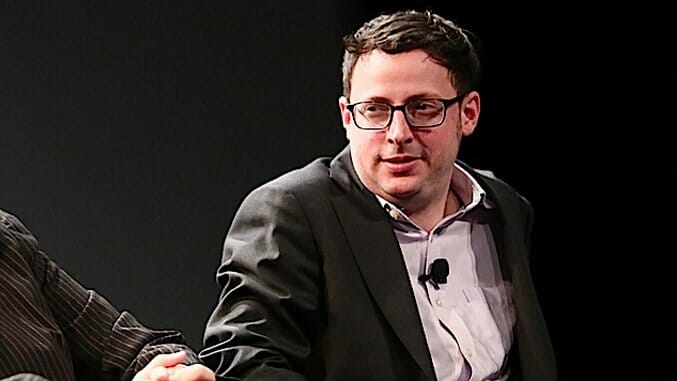Nate Silver’s Rationale on Trump is Inherently Misguided
Photo by Astrid Stawiarz/Getty
The man who rose to prominence by predicting 99 out of 100 states correctly throughout Barack Obama’s presidency is now coming under fire from many of the same people who so vehemently championed his work before. The New York Times Upshot model puts Hillary Clinton’s chances of winning at 84%. Princeton’s handicaps her at 99% odds, one point higher than Huffington Post’s 98%. The betting markets are a little less bullish, as Hillary currently is a 77% favorite, per electionbettingodds.com.
Nate Silver however, gives her just 65% odds on winning the presidency. Part of this is because of the volatility caused by a larger number of undecided voters, but it’s also due to a unique aspect of the 538 model. It’s based off elections since 1972, which clearly has a dramatic effect on their level of confidence in a Trump presidency, as Silver wrote:
What if we changed this assumption? If we calibrated the model based on presidential elections since 2000 only — which have featured largely accurate polling — Clinton’s chances would rise to 95 percent, and Trump’s would fall to 5 percent.
So why not calibrate the model for the new millennium? He continued:
It may be naive to expect the pinpoint precision we saw in polls of presidential elections from 2000 through 2012 — a sample of just four elections — to represent the “new normal.” Going back to 1972 takes advantage of all the data we have, and includes years such as 1980 when there were significant late polling errors.
He has a point. Journalism is dramatically underfunded and polls aren’t cheap. With newspapers dying across the country, we are getting less good polling than we were in past elections.
ABC/WaPo tracking poll:
Clinton 48
Trump 43
Johnson 4Hillary up 12, then down 1, now up five again. Totally normal tracking poll movement.
— Josh Jordan (@NumbersMuncher) November 6, 2016
If garbage goes in to a forecasting model, the same will come out no matter how much mathematical genius one throws into it. The ~10% of undecided/third party voters exacerbates the potential for polling errors, and so Nate Silver’s skepticism isn’t completely unwarranted.
However, Clinton dropped from 83% on October 26th down to 65% in 538’s model. Has the race changed that dramatically since we learned that the FBI is in the middle of a partial mutiny? Doubtful.
-

-

-

-

-

-

-

-

-

-

-

-

-

-

-

-

-

-

-

-

-

-

-

-

-

-

-

-

-

-

-

-

-

-

-

-

-

-

-

-








































